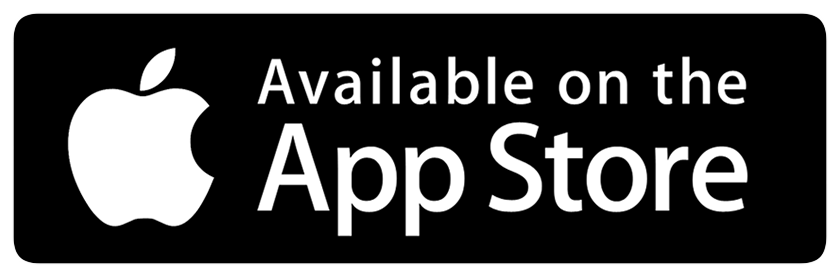Toronto, Ontario – (News Release – August 23, 2021) SideDrawer, the API-based document management...
In the SaaS world, the cost of the license is only a fragment of the true cost a wealth professional will actually pay. The Total Cost of Ownership (TCO); the direct, indirect, and hidden costs also need attention.
What is Total Cost of Ownership (TCO)?
TCO reflects the entire cost of finances and other trade-offs that are incurred to a customer and the company during the entire lifetime of a product or service. This financial estimate aims to help determine whether a product or service is worth it, not just upfront or over a year, but over its entire life.
TCO for SaaS applications can be focused on the fact that what is for sale is the license to use something. Because the license holder does not own the IT infrastructure, they do not need to provide hosting - including security and hardware maintenance, upgrade or support costs. The cost of holding the license can also be spread using a subscription model.
SaaS implementation is also faster and generally more straightforward than with an ERP system where everything is in-house. Standardized business processes and templates are available and can be easily adapted to your business model.
So far so good. But there are hidden costs when it comes to SaaS. And the license can be the tip of the iceberg if those costs are not factored into the TCO.
The time to negotiate the purchase, training sessions, implementation, managing the transition between two systems, data transfer, having a consultant on-site to manage the project are all hidden costs that add to the TCO. Often there are also future costs in terms of maintenance, administration, and making the service fit the organization; putting it to best use, revising and developing the product for future product management cycles.
How Does TCO Relate to Document Management?
TCO is a way of thinking about cost when attempting to fairly assess the merits of open source vs. proprietary. This is so relevant to document management and the need to store and share documentation easily and securely for clients. Doing this in-house is becoming more and more difficult as storage and sharing at scale becomes cumbersome and more than that, a security risk.
Do you Have what it Takes to be more Productive?
Time efficiency and productivity are the initial advantages of having a SaaS document management system. Cost of ownership comes down by not wasting time and money working with antiquated tools and processes.
With a SaaS-enabled solution like SideDrawer, advisors become more productive as they have an easy-to-use tool with an attractive interface. Better processes and systems enabled by SaaS software have a positive impact on revenue. If you invest in a tool that has easy integration and onboarding and is intuitive to use, the advisors will use it and pass on the benefits to their end clients. In this way, your TCO via better client experience leads to client acquisition, retention, and share of wallet.
SaaS also plays into security – something that is central to document storage.
SaaS technology solutions, like SideDrawer, limit access to sensitive information within an email body, attachment, or file-sharing link. The rising number of breaches and greater regulatory oversight dovetail to make a compelling case for restricting email sharing of sensitive data like tax files, employee data, pay stubs, statements, and the like.
Having a robust security profile around collaboration, whether for onboarding, data and document collection, forms, eSignature, or other workflows is an increasingly important psychological value add for your clients.
SideDrawer’s commitment to security is further demonstrated by admittance into the Catalyst Cyber Accelerator (CCA). The CCA is Canada’s first National Accelerator designed specifically to help Canadian Cybersecurity startups to grow and compete at a national and global level. SideDrawer also recently completed the Service Organization Control (SOC) 2 audit under SSAE-18 standards.
Ultimately any software solution needs to give more than it takes. This is an issue in an age where advisors are facing margin pressures and the need to focus on reducing costs while upping the client experience. In this context, TCO is about having something like SiderDrawer with easy integration and onboarding, intuitive to use, risk-reducing, and experience-enhancing. TCO is so much more than not wasting time and money on antiquates and inefficient systems.





.png)